When comparing compact SUVs, the Audi Q2 and Lexus LBX emerge as popular contenders, each bringing its unique strengths to the table. As the automotive market grows increasingly competitive, understanding the technical aspects and innovations of these two vehicles can help potential buyers make an informed choice. Let’s delve deeper into the specifications and features that set these models apart.
Audi Q2 vs Lexus LBX – Which car suits you better?
Everyday use, family trips or long-distance drives – here’s where the differences show.
Discover whether Audi Q2 or Lexus LBX fits your lifestyle better.
Performance and Powertrains
The Audi Q2 offers a versatile range of engines, including both petrol and diesel options, catering to a variety of driving preferences. With power outputs ranging from a modest 116 HP to a robust 300 HP, the Q2 can accelerate from 0 to 100 km/h in as little as 4.9 seconds, proving its performance credentials.
On the other hand, the Lexus LBX is powered by a full hybrid system with a maximum output of 136 HP. While it may be less powerful than the Q2, the LBX emphasizes efficiency, achieving fuel consumption figures as low as 4.5 L/100 km, making it a suitable choice for eco-conscious buyers. The LBX accelerates from 0 to 100 km/h in a respectable time of about 9.2 seconds.
Transmission and Drivetrain
Audi provides various transmission options for the Q2, including a smooth, automated dual-clutch gearbox. Its front-wheel drive and all-wheel drive configurations enhance driving dynamics and cater to various terrain challenges. The Q2’s torque output can peak at an impressive 400 Nm, ensuring robust performance across different driving conditions.
Conversely, the Lexus LBX exclusively features a Continuously Variable Transmission (CVT), delivering seamless acceleration and improving fuel economy. As a front-wheel drive or all-wheel drive model, the LBX prioritizes smooth handling and comfort over raw power, embodying Lexus's commitment to a refined driving experience.
Design and Dimensions
When it comes to dimensions, the Audi Q2 measures 4208 mm in length, 1794 mm in width, and stands tall at 1508 mm. It offers a trunk capacity of 405 liters, sufficient for a compact SUV. The Q2’s sporty aesthetic resonates well with young professionals seeking style and practicality.
The Lexus LBX, slightly shorter at 4190 mm in length and wider at 1825 mm, has a height of 1560 mm. With a trunk capacity of 332 liters, it offers less cargo space than the Q2, but its design exudes a premium feel. The LBX's aesthetic is more conservative yet elegant, appealing to buyers who appreciate timeless design.
Technology and Innovations
Both vehicles are fitted with their respective brands’ latest technological advancements. The Audi Q2 boasts a cutting-edge infotainment system, featuring a high-resolution display and smartphone integration. Safety features include adaptive cruise control and lane assist, showcasing Audi’s commitment to innovation and driver assistance technologies.
The Lexus LBX is equipped with an advanced safety system known as Lexus Safety System+, which includes features such as pre-collision warning and lane-keeping assistance. Additionally, it features a user-friendly interface and a quality audio system that enhances the overall driving experience.
Conclusion: Which SUV Reigns Supreme?
In conclusion, the choice between the Audi Q2 and Lexus LBX largely depends on the buyer's priorities. If performance, engine variety, and a sporty aesthetic are at the top of your list, the Q2 is the clear winner. However, if fuel efficiency, hybrid technology, and a comfortable ride are your primary concerns, the Lexus LBX may be the better fit. Ultimately, both vehicles represent their brands well and cater to distinct customer preferences within the compact SUV market.
Here’s where it gets real: The technical differences in detail
Costs and Efficiency:
Looking at overall running costs, both models reveal some interesting differences in everyday economy.
Audi Q2 has a somewhat advantage in terms of price – it starts at 24900 £, while the Lexus LBX costs 28300 £. That’s a price difference of around 3420 £.
Fuel consumption also shows a difference: Lexus LBX manages with 4.50 L and is therefore barely noticeable more efficient than the Audi Q2 with 4.80 L. The difference is about 0.30 L per 100 km.
Engine and Performance:
Power, torque and acceleration are the classic benchmarks for car enthusiasts – and here, some clear differences start to show.
When it comes to engine power, the Audi Q2 has a significantly edge – offering 300 HP compared to 136 HP. That’s roughly 164 HP more horsepower.
In acceleration from 0 to 100 km/h, the Audi Q2 is decisively quicker – completing the sprint in 4.90 s, while the Lexus LBX takes 9.20 s. That’s about 4.30 s faster.
In terms of top speed, the Audi Q2 performs clearly perceptible better – reaching 250 km/h, while the Lexus LBX tops out at 170 km/h. The difference is around 80 km/h.
There’s also a difference in torque: Audi Q2 pulls decisively stronger with 400 Nm compared to 185 Nm. That’s about 215 Nm difference.
Space and Everyday Use:
Whether family car or daily driver – which one offers more room, flexibility and comfort?
Both vehicles offer seating for 5 people.
In curb weight, Lexus LBX is hardly perceptible lighter – 1280 kg compared to 1330 kg. The difference is around 50 kg.
In terms of boot space, the Audi Q2 offers somewhat more room – 405 L compared to 332 L. That’s a difference of about 73 L.
In maximum load capacity, the Audi Q2 performs barely noticeable better – up to 1050 L, which is about 56 L more than the Lexus LBX.
When it comes to payload, Audi Q2 minimal takes the win – 510 kg compared to 475 kg. That’s a difference of about 35 kg.
Who comes out on top?
Overall, the Audi Q2 shows itself to be wins the duel decisively and secures the title of DriveDuel Champion.
It convinces with the more balanced overall package and proves to be the more versatile choice for everyday use.
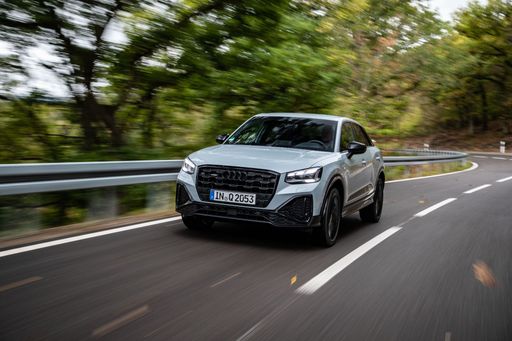 @ Audi AG
@ Audi AG
Audi Q2
Audi Q2
The Audi Q2 packs Audi’s premium attitude into a compact, cheeky package that turns city streets into a runway for tasteful design and clever practicality. It’s an easy car to live with thanks to an upscale cabin, composed manners and sprightly handling, and while it won’t satisfy someone chasing sports-car thrills, it’s a smart, stylish pick for buyers who want substance with a wink.
details @ Audi AG
@ Audi AG
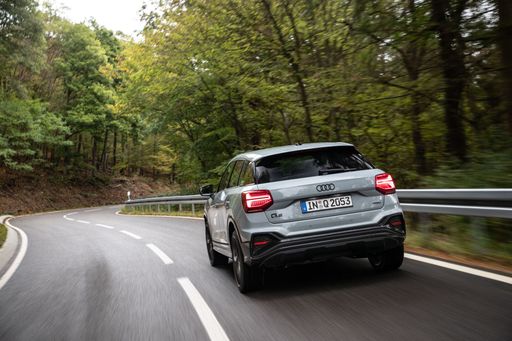 @ Audi AG
@ Audi AG
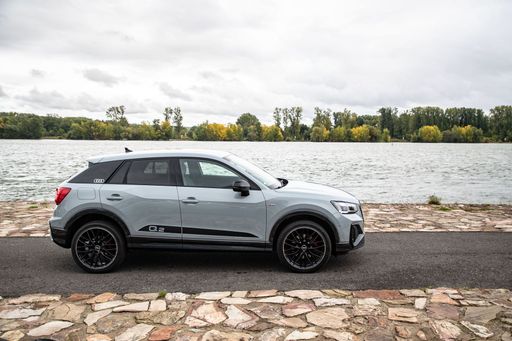 @ Audi AG
@ Audi AG
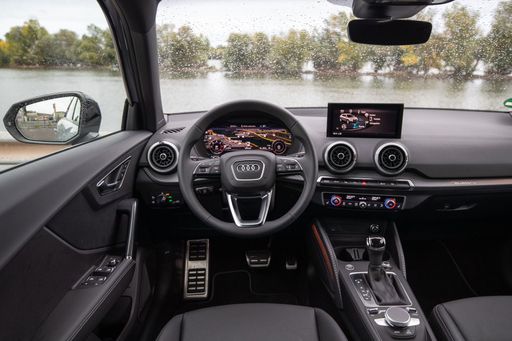 @ Audi AG
@ Audi AG
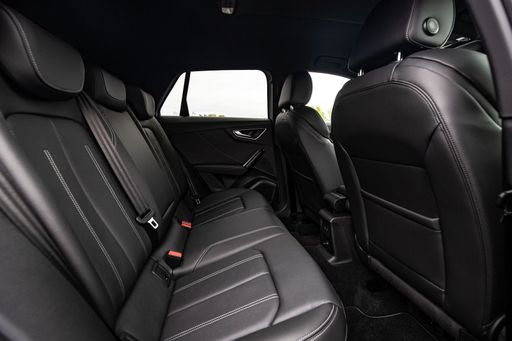 @ Audi AG
@ Audi AG
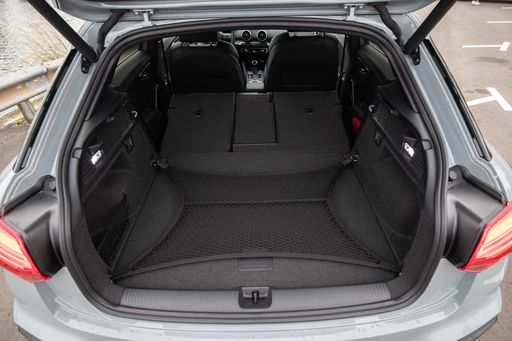 @ Audi AG
@ Audi AG
Lexus LBX
The Lexus LBX wraps premium touches and a surprisingly spacious cabin into a compact crossover that’s perfectly at home in town or heading out on longer drives. It wears the badge with quiet confidence, serving up a refined ride and clever packaging for buyers who want Lexus polish without shouting for attention.
details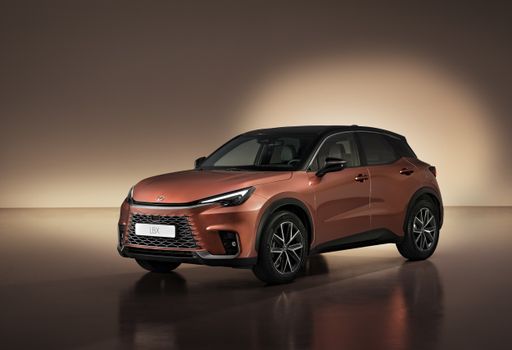 @ Lexus / Toyota Motor Corporation
@ Lexus / Toyota Motor Corporation
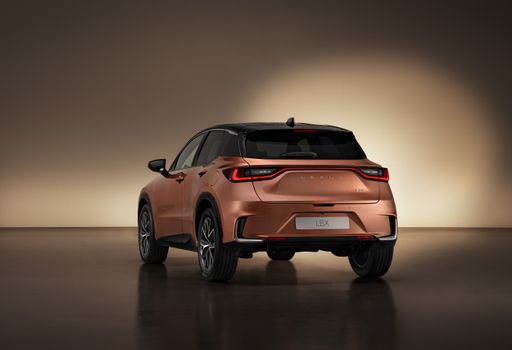 @ Lexus / Toyota Motor Corporation
@ Lexus / Toyota Motor Corporation
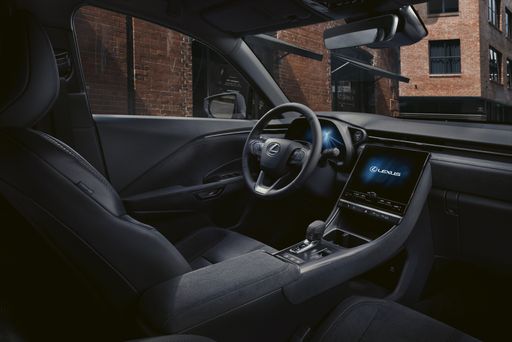 @ Lexus / Toyota Motor Corporation
@ Lexus / Toyota Motor Corporation
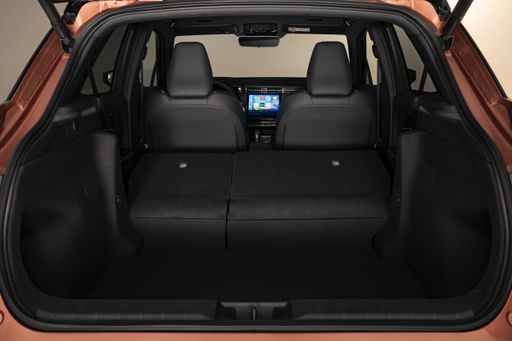 @ Lexus / Toyota Motor Corporation
@ Lexus / Toyota Motor Corporation
 @ Audi AG
@ Audi AG
|
 @ Lexus / Toyota Motor Corporation
@ Lexus / Toyota Motor Corporation
|
|
|
|
Costs and Consumption |
|
|---|---|
|
Price
24900 - 43600 £
|
Price
28300 - 40000 £
|
|
Consumption L/100km
4.8 - 8.1 L
|
Consumption L/100km
4.5 - 4.8 L
|
|
Consumption kWh/100km
-
|
Consumption kWh/100km
-
|
|
Electric Range
-
|
Electric Range
-
|
|
Battery Capacity
-
|
Battery Capacity
-
|
|
co2
127 - 183 g/km
|
co2
102 - 110 g/km
|
|
Fuel tank capacity
50 - 55 L
|
Fuel tank capacity
36 L
|
Dimensions and Body |
|
|---|---|
|
Body Type
SUV
|
Body Type
SUV
|
|
Seats
5
|
Seats
5
|
|
Doors
5
|
Doors
5
|
|
Curb weight
1330 - 1610 kg
|
Curb weight
1280 - 1365 kg
|
|
Trunk capacity
355 - 405 L
|
Trunk capacity
255 - 332 L
|
|
Length
4208 - 4216 mm
|
Length
4190 mm
|
|
Width
1794 - 1802 mm
|
Width
1825 mm
|
|
Height
1495 - 1508 mm
|
Height
1560 mm
|
|
Max trunk capacity
1000 - 1050 L
|
Max trunk capacity
992 - 994 L
|
|
Payload
450 - 510 kg
|
Payload
455 - 475 kg
|
Engine and Performance |
|
|---|---|
|
Engine Type
Petrol, Diesel
|
Engine Type
Full Hybrid
|
|
Transmission
Manuel, Automatic
|
Transmission
Automatic
|
|
Transmission Detail
Manual Gearbox, Dual-Clutch Automatic
|
Transmission Detail
CVT
|
|
Drive Type
Front-Wheel Drive, All-Wheel Drive
|
Drive Type
Front-Wheel Drive, All-Wheel Drive
|
|
Power HP
116 - 300 HP
|
Power HP
136 HP
|
|
Acceleration 0-100km/h
4.9 - 10.5 s
|
Acceleration 0-100km/h
9.2 - 9.6 s
|
|
Max Speed
197 - 250 km/h
|
Max Speed
170 km/h
|
|
Torque
200 - 400 Nm
|
Torque
185 Nm
|
|
Number of Cylinders
3 - 4
|
Number of Cylinders
3
|
|
Power kW
85 - 221 kW
|
Power kW
100 kW
|
|
Engine capacity
999 - 1984 cm3
|
Engine capacity
1490 cm3
|
General |
|
|---|---|
|
Model Year
2025
|
Model Year
2025
|
|
CO2 Efficiency Class
D, F, E, G
|
CO2 Efficiency Class
C
|
|
Brand
Audi
|
Brand
Lexus
|
What drivetrain options does the Audi Q2 have?
The Audi Q2 is offered with Front-Wheel Drive or All-Wheel Drive.
The prices and data displayed are estimates based on German list prices and may vary by country. This information is not legally binding.
